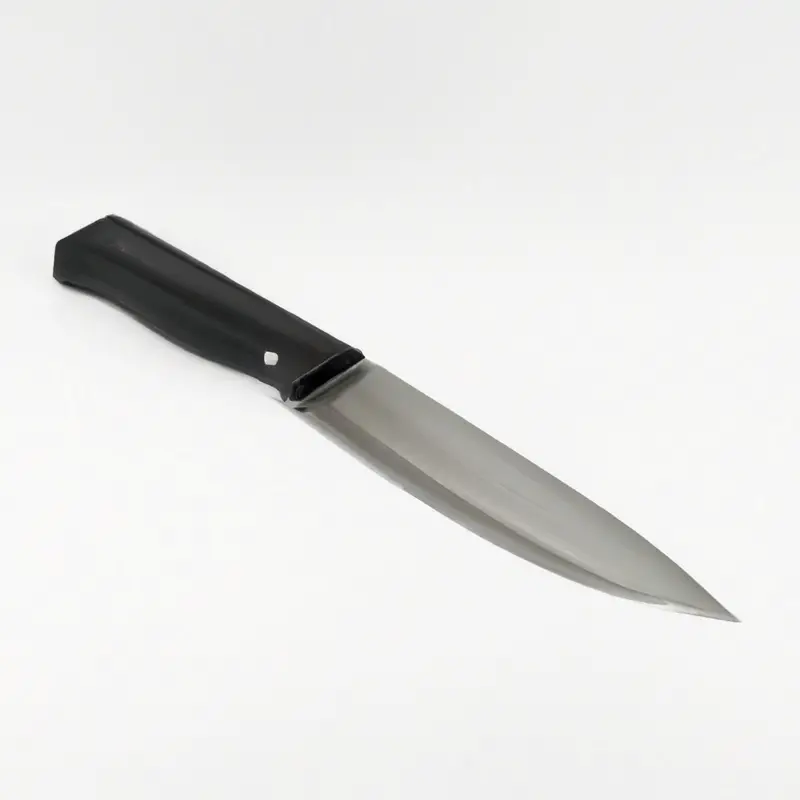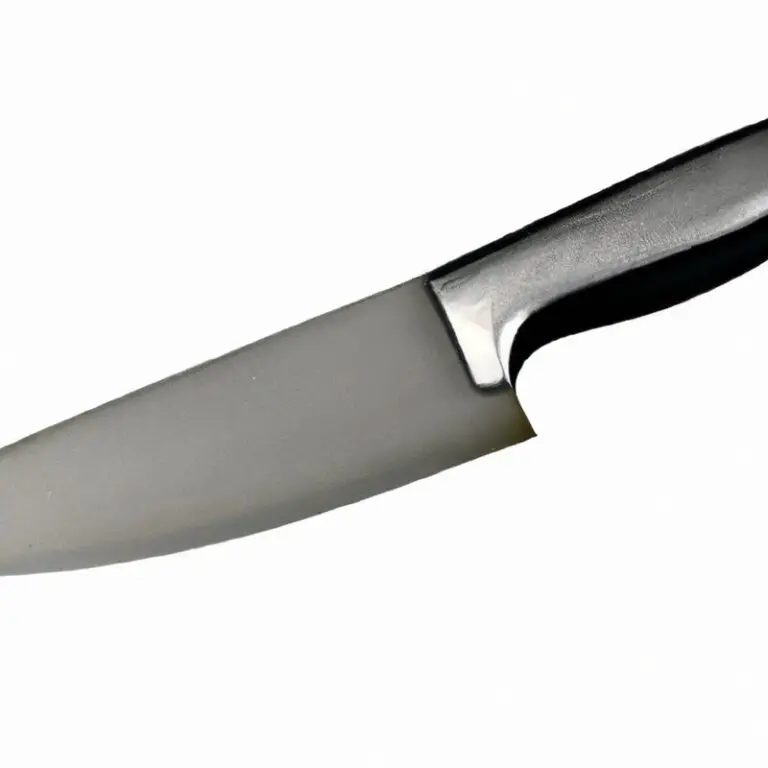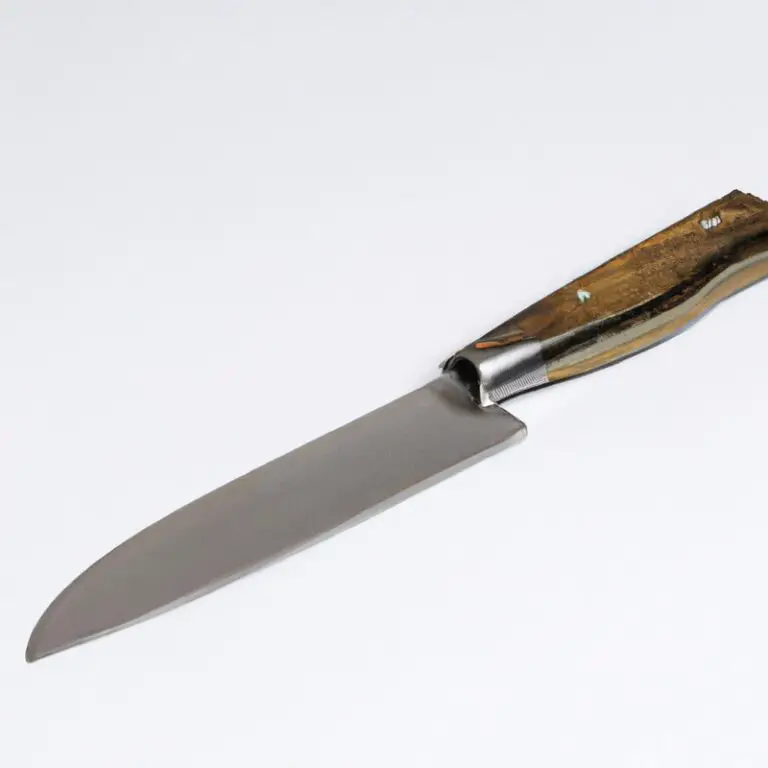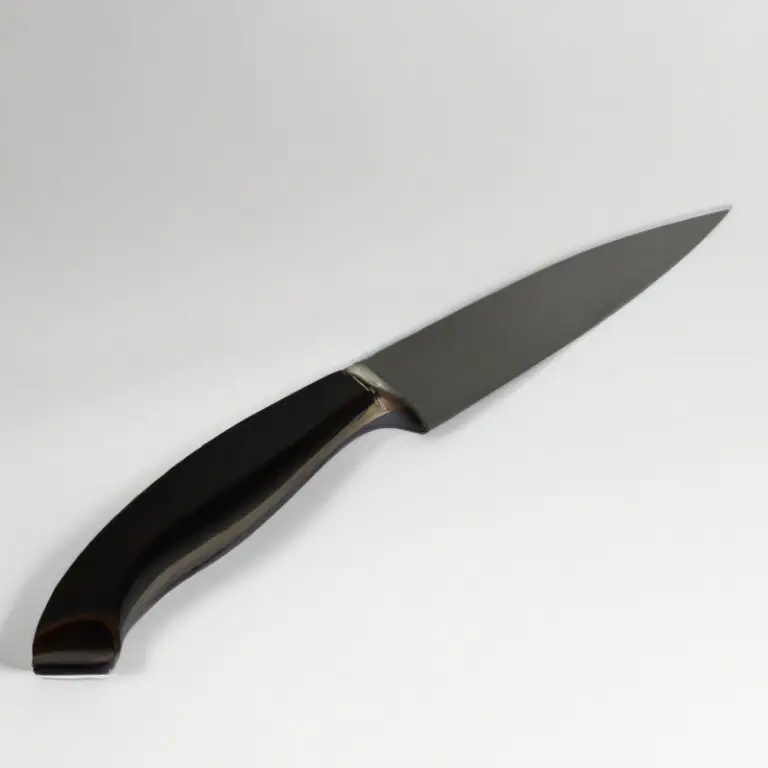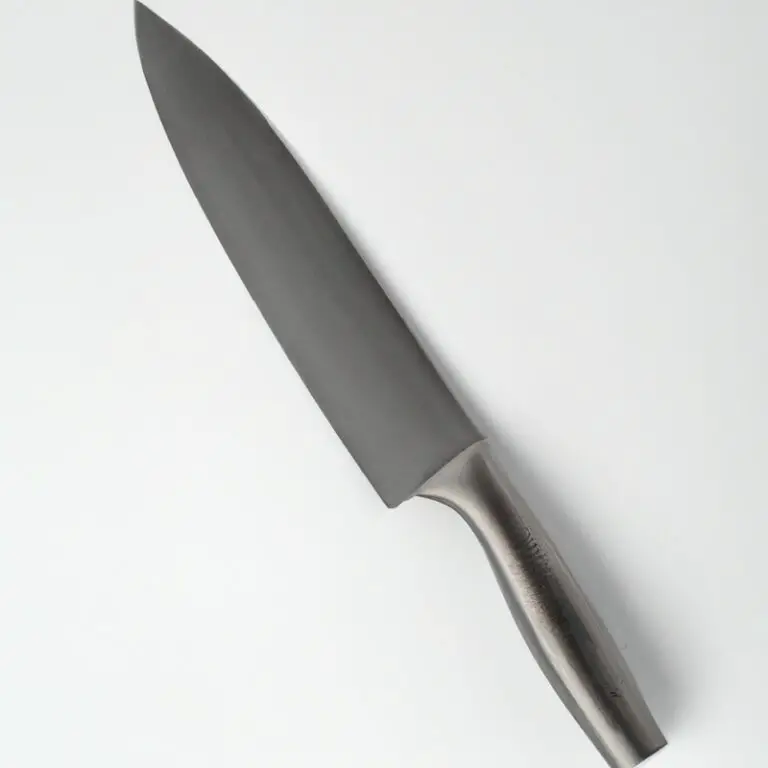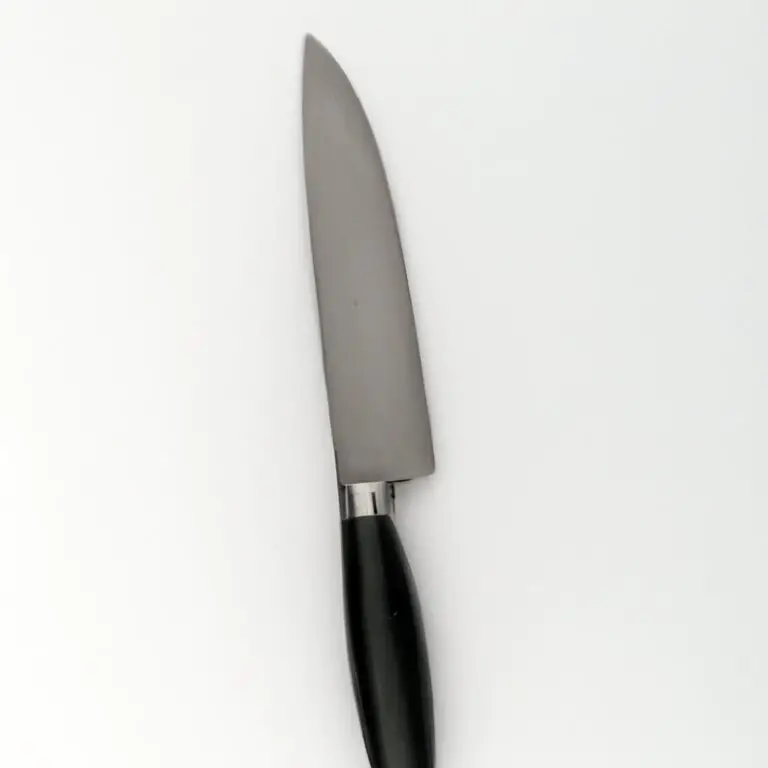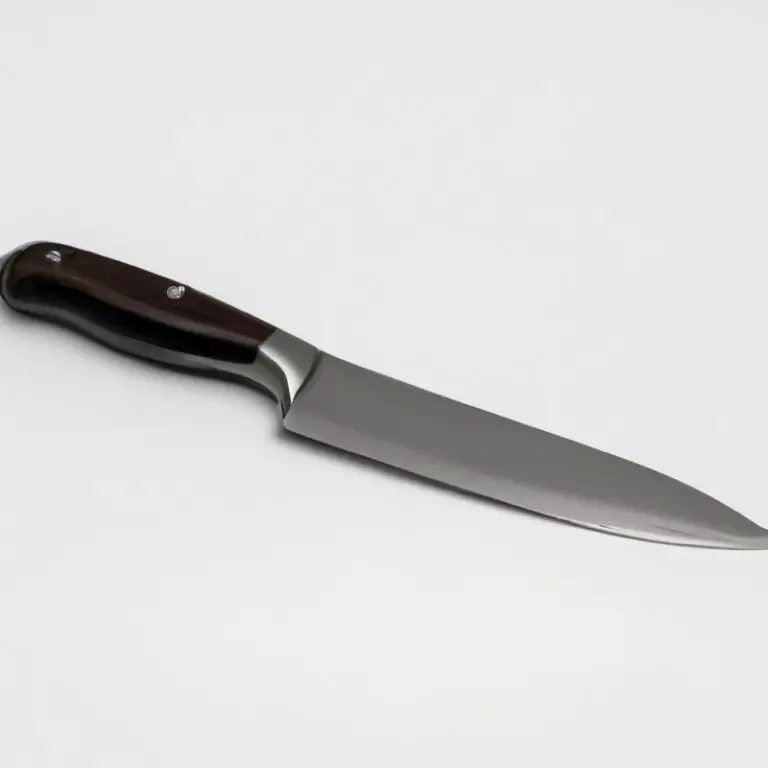How To Fillet a Ling Using a Fillet Knife Like a Pro?
Key Takeaways:
- A sharp fillet knife and proper technique are crucial for filleting a ling.
- Start by making a small incision behind the gills and follow the spine down to the tail.
- Remove any remaining bones using tweezers or a fish bone pliers.
- With practice and patience, you can master the art of filleting a ling and enjoy delicious, boneless fillets.
Have you ever caught a ling and wondered how to fillet it properly? Filleting a ling can seem daunting at first, but with the right tools and technique, you can easily do it at home.
In this article, I’ll walk you through every step of filleting a ling using a fillet knife, from preparing the fish to cooking and storing the fillets.
You’ll learn how to make a clean and precise cut, remove the ribcage and fin bones, and skin your fillet like a pro. So, grab your fillet knife and let’s get started!
| Steps | Description |
|---|---|
| Step 1 | Remove the head of the ling. |
| Step 2 | Make a cut behind the gills on one side of the ling. |
| Step 3 | Turn the ling over and make a cut in the same place on the other side. |
| Step 4 | Cut along the backbone to the tail of the ling. |
| Step 5 | Repeat steps 2-4 on the other side of the ling. |
| Step 6 | Cut the fillets off the ling starting at the head end and working towards the tail. |
| Step 7 | Remove the skin from the fillets. |
Essential Tools for Filleting a Ling with a Fillet Knife
When it comes to filleting a ling with a fillet knife, having the right tools is essential for a successful and efficient process. Here are the essential tools you’ll need:
- Fillet knife: A flexible fillet knife with a sharp stainless steel blade is ideal for filleting ling. A blade length of around 7-8 inches is suitable for most ling sizes.
- Cutting board: Use a sturdy and stable cutting board made of wood or plastic. Avoid using glass or ceramic boards as they can dull your knife blade.
- Pliers or fish gripper: These tools can help you securely hold the ling while filleting and prevent it from slipping.
- Fish scaler or scraper: This tool helps to remove the scales from the ling before filleting.
- Towels: Keep a few towels handy to dry your hands and wipe the ling clean during the filleting process.
Having these essential tools will make your filleting process much easier and help you produce high-quality fillets. Make sure you have them on hand before starting to fillet your ling.
Preparing the Ling: Cleaning and Scaling
Before filleting a ling, it’s essential to clean and scale the fish properly. Cleaning involves removing the entrails, and scaling means removing the fish’s scales.
Start by rinsing the ling under cold water and using a scaling tool to remove the scales.
Be careful not to damage the skin while scaling. After scaling, cut the head and tail off the ling and remove the entrails by making a small cut behind the head and pulling them out.
Rinse the ling again to remove any remaining blood and entrails.
Pat the ling dry with a paper towel before proceeding to fillet it. Cleaning and scaling the ling may seem like a tedious task, but it’s essential to ensure the fillets are free of any unwanted debris that may affect the fish’s taste and texture.
A properly cleaned ling will also make it easier to fillet the fish later on.
Finding the Lateral Line to Determine Cut
To start the filleting process, you need to locate the lateral line on the ling. This line is a visible row of scales on the fish’s side that runs from head to tail.
You can use your fingers or a knife to feel for the line if the scales are difficult to see.
Once you locate the lateral line, use a sharp fillet knife to make an incision along the line’s length. This cut should begin at the top of the fish’s head and continue along the backbone to its tail.
The lateral line acts as a guide for the rest of the cutting process, ensuring that you remove the fillet in one piece.
Take care to keep your knife blade parallel to the bone, and maintain a consistent depth throughout the cut.
Making the First Cut with Your Fillet Knife
To begin filleting a ling with your fillet knife, start by laying it on its side and finding the lateral line on the fish’s skin. This line is the dividing point between the top and bottom portions of the fish.
Using the tip of your fillet knife, carefully make a shallow incision along the lateral line, starting from the fish’s head towards its tail.
Next, angle your fillet knife towards the fish’s backbone and cut deeply, following the line you just made. Cut through the ribs until you reach the backbone.
Be sure to cut as close to the bones as possible to avoid losing any meat.
Once your knife reaches the backbone, slice downwards towards the tail. Follow the shape of the fish’s anatomy, keeping the blade against the bones to remove as much meat as possible.
Finally, make a cut around the ribcage, separating the fillet from the bones.
Lift the fillet gently and repeat the process on the other side of the fish. It’s important to keep your fillet knife sharp and to use firm, confident strokes to avoid any mishaps.
With practice, you’ll become more confident and proficient in making the first cut and filleting an entire fish with ease.
Tracing the Bones to Cut the Fillet Free
Tracing the bones is an essential step in cutting the fillet free. Once you have made the initial cut, put your knife’s blade against the spine and run it along the bones to separate the flesh from the bones.
Make sure to use a sharp fillet knife to easily slice through the flesh and avoid tearing it.
Follow the bones all the way down to the tail of the fish and cut through the skin at the end. Repeat the tracing motion on the other side of the fish to obtain a clean and bone-free fillet.
It may take some practice to find the right pressure to ensure a smooth cut, but with the right technique, it should be a breeze.
Removing the Ribcage and Fin Bones
To remove the ribcage and fin bones from the ling fillet, first, locate the ribs and use the tip of the fillet knife to slice through them. Then, follow the line of the bones and cut gently to avoid damaging the fillet.
Once you have removed the ribcage, locate the fin bones on the underside of the fillet and slice them off using the fillet knife.
Be sure to cut as close to the bones as possible to remove them completely. After removing these bones, you’ll have a clean, boneless ling fillet that’s ready to be skinned and cooked.
How to Skin a Ling Fillet Using a Fillet Knife
To skin a ling fillet using a fillet knife, place the fillet skin-side down on a clean cutting board. Insert the blade at the tail end of the fillet between the skin and the flesh.
With a gentle sawing motion, move the knife back and forth while holding down the skin with your non-knife hand.
Slowly move the knife towards the head of the fillet, angling it downwards to prevent cutting into the flesh. Pull the skin taut as you work, and take care not to remove too much flesh.
Once the skin is removed, rinse the fillet under cold water to remove any skin pieces or debris.
Repeat the process for all fillets, and prepare them for storage or cooking as desired. Remember to be patient and take your time when skinning a ling fillet with a fillet knife to avoid damaging the flesh and maximizing your yield.

Tips for Storing and Cooking Your Ling Fillets
Once you’ve successfully filleted your Ling, it’s essential to store and cook them correctly to get the most out of your catch. Here are some tips for storing and cooking your Ling fillets:
- Store your Ling fillets properly by wrapping them in plastic wrap or aluminum foil and placing them in an airtight container in the fridge. This will help keep them fresh for up to two days.
- For longer storage, freeze the fillets. Place them in a freezer-safe container or wrap them in plastic wrap and aluminum foil before placing them in the freezer. Ling fillets can last up to six months in the freezer.
- Before cooking, remove any excess moisture from the fillets by patting them dry with a paper towel.
- Ling fillets have a mild and sweet flavor, making them ideal for grilling, baking, or pan-frying. A simple olive oil and lemon seasoning can enhance their taste even more.
- When cooking Ling fillets, avoid overcooking them as this can cause them to become dry and tough. Cook them until they are just opaque and flake easily with a fork.
By following these tips, you can ensure that your Ling fillets are stored and cooked correctly, resulting in a delicious and satisfying meal.
Common Mistakes to Avoid When Filleting a Ling
When filleting a ling, there are several mistakes to avoid to ensure a successful fillet. One common mistake is using a dull fillet knife.
A dull knife can make it difficult to make clean cuts, resulting in an unappealing fillet.
So, make sure your knife is sharp before starting the filleting process. Another mistake is not finding the lateral line, which can make it challenging to make the first cut.
Finding the lateral line is crucial to determine the proper angle of the cut.
Additionally, not following the bones when cutting the fillet can result in leaving meat on the bones or having small bone fragments in the fillet. When removing the ribcage and fin bones, another mistake is not being gentle enough, which can result in cutting too much flesh or leaving small bones in the fillet.
So, take it slow and be careful to preserve as much meat as possible.
Lastly, a mistake to avoid is not properly storing and cooking the ling fillets. If not stored correctly, the fillets can spoil quickly.
Also, overcooking the fillets can lead to a dry and tough texture.
Make sure to store the fillets in the refrigerator or freezer and cook them to the proper temperature for the best results. By avoiding these common mistakes, you can ensure a successful and enjoyable filleting experience.
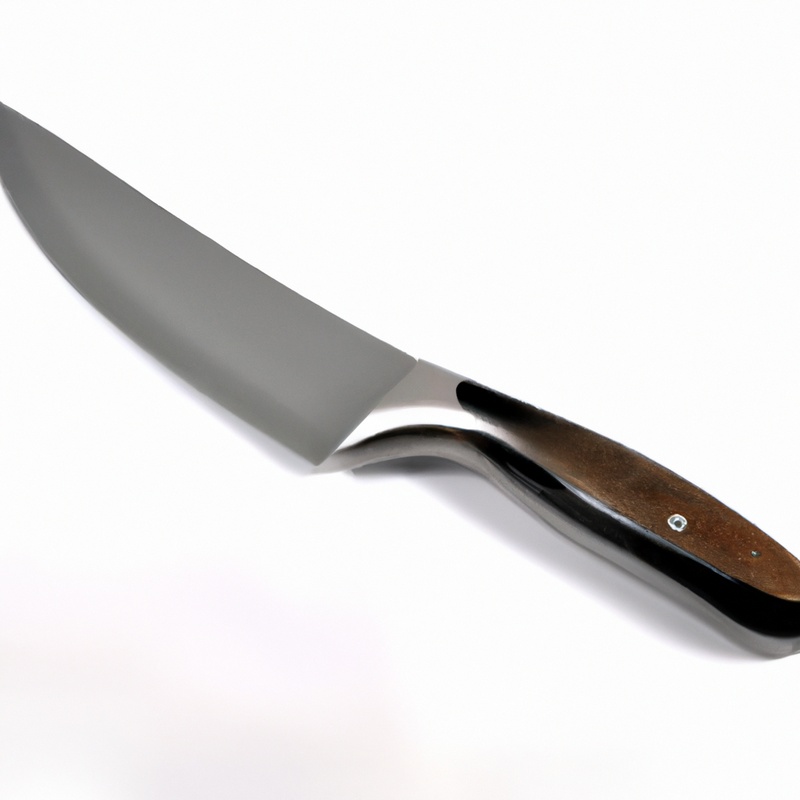
Practicing Your Filleting Technique: Ling Fillet Demo Video
To improve your filleting technique and gain confidence in the process, it can be helpful to watch an expert fillet a ling. You can find many demo videos online, but it is essential to look for one that is clear and easy to follow.
When practicing your technique, start with a smaller fish to build up your skills before moving on to a larger ling.
Remember to use a sharp fillet knife, keep the fish stable and secure, and take your time to avoid mistakes. With practice and patience, filleting a ling can become a simple and enjoyable part of your fishing experience.
Final Verdict
Filleting a ling with a fillet knife may seem daunting at first, but with practice and patience, it can become a rewarding and satisfying experience. By following the steps outlined in this article, you’ll be equipped with the essential tools and techniques needed to fillet a ling like a pro.
Remember to prepare the ling properly by cleaning and scaling it, find the lateral line to guide your cuts, and trace the bones for easy removal.
Additionally, be sure to avoid common mistakes such as using dull knives or cutting too deeply. With your ling fillets ready, you can enjoy them in a variety of dishes or store them for later use.
So go ahead and put your filleting skills to the test- your culinary adventures await!

